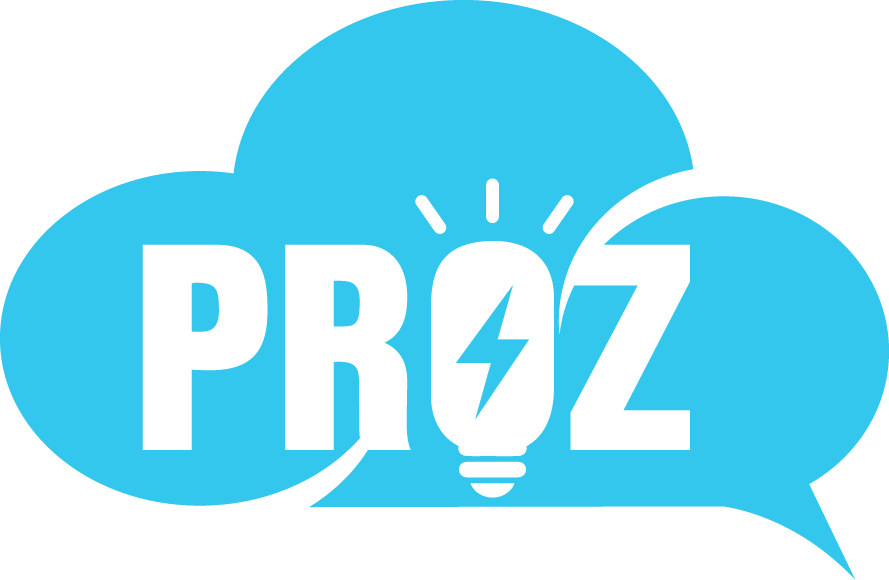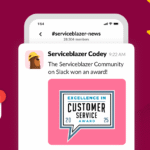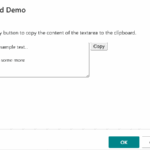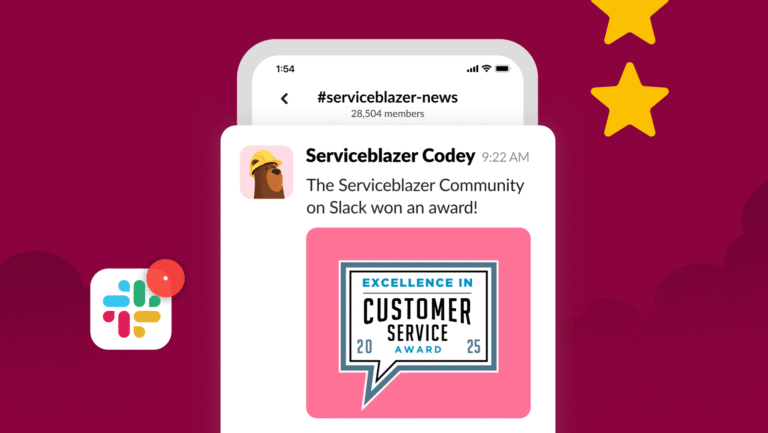OneUnited is a 50-year old Black-owned bank with one mission: to close the racial wealth gap. It designs banking practices with its community in mind — recognizing the impact systemic inequalities and the traumatic history of racism has had on Black wealth.
In the U.S., banks have played an integral role reinforcing racial segregation and blocking the potential for the economic advancement of Black communities.
“White lenders have historically underserved and discriminated against the Black community — specifically in their mortgage lending practices,” said Kevin Cohee, chairman and CEO of OneUnited. “The Black-white wealth gap means Blacks have fewer assets and less income because of this racial discrimination.”
Understanding the disparities in banking
The long-standing history of racial disparity in banking policies and practices dates back to the 1930s when the New Deal introduced the mortgage market.
Many of these disparities still exist today:
- Mortgage loans: Black households account for less than 1% of most banks’ mortgages.
- Credit System: Think tank New America discovered less credit and/or higher cost credit is extended to communities of color.
- Undercapitalization: Black buying power is projected to reach $1.8 trillion by 2024, yet Forbes found that just 1% to 2% of bank dollars go to Black-owned businesses.
This historical bias against the Black community has resulted in diminished economic mobility and generations of exclusion. Records of this treatment have led many communities of color to distrust financial institutions.
Building trust to close the racial wealth gap
Given the past, OneUnited found it necessary to design for customer and community relationships based on trust. Leaders at the company wanted to dialogue with Black prospects, share information, and connect with those who have been underserved, underbanked, and denied wealth opportunities. They wanted to reimagine banking so that it could provide new possibilities and more opportunities to build wealth within Black communities.
OneUnited designed its customer engagement strategy with the trust and financial wellness of its customers top of mind. It focused on:
- Meeting customers where they are, by going digital- and mobile-first.
- Creating content that resonates with customers’ lives by addressing the experience of many Black consumers.
- Centering company values by standing up for racial equality, closing the racial wealth gap, and ensuring the community is reflected in their brand through marketing.
- Amplifying the voice of their customers by cocreating service offerings.
- Enabling financial literacy with programs that encourage financial wellness while prompting engagement and building trust.
1. Meeting customers where they are
OneUnited decided to lean into an online experience instead of opening retail branches. This allowed it to extend its reach beyond brick-and-mortar locations in Boston, Miami, and Los Angeles, so it could serve people nationwide.
But what OneUnited quickly discovered was most of its customers arrived at the site through mobile devices.
The team immediately started researching mobile experiences offered by competitors, analyzing everything from the number of clicks, length of scrolls, to the number of required fields. They learned that the more clicks, scrolls, and fields to fill in during the application process, the higher the attrition.
By going digital-first, OneUnited made the decision to meet people where they are.
In addition to optimizing its mobile application process, OneUnited’s team enhanced its mobile banking experience with the Salesforce app. It built an app that offered both convenience and an optimal mobile-user experience.
By going digital-first, OneUnited made the decision to meet people where they are. In the process, it expanded its community by connecting with customers who were already interacting with it on mobile.
Then it sought additional ways to connect.
2. Creating content that resonates: Design messaging that matters
OneUnited learned that traditional bank conversations weren’t working with their intended customers. Infographics about traditional banking services or offers were getting minimal likes and engagement across social media channels. Every bank has pages on their website and documentation about different annual percentage yield, certificates of deposit (CD), investments, and different account types.
But customers didn’t want to hear about the best rates or fees. Customers wanted information they could actually use. So, OneUnited modified its multichannel messaging.
OneUnited’s team shifted to speaking about topics that resonated with the community. Instead of focusing on yield and investing in CDs, it addressed big life events, daily expenses, and the challenges of saving, budgeting, and financial planning.
And this is how OneUnited cut through the noise to educate and empower their social followers.
Instead of focusing on specific features of its financial offerings, OneUnited spoke to the role finances play in people’s lives.
The team found common ground to humanize banking and finances. Instead of focusing on specific features of its financial offerings, it spoke to the role finances play in people’s lives — for example, the costs that come with planning a wedding.
By centering messaging around what it means to save for life events, and not about the type of savings accounts it provides, OneUnited built trust. Similarly, the bank learned maintaining and reestablishing credit is a big concern in the communities it serves. It offered guidance on what bills to pay first to protect a credit score. These topics resonate with the community because they’re immediately relevant to their lives.
With this human-centered messaging approach, OneUnited went all in on social. The unfiltered nature of communication on Facebook, Twitter, and Instagram provided the opportunity to open dialogue and build connection.

“We spent a year writing unique posts on Facebook, Twitter, and Instagram every day,” said Vice President of Social Media Rochelle Hinds. “We built a strong presence in our community and got to know our audience.”
This shift in content strategy to prioritize the lived experience of its community helped expand its social following from 12,000 to 500,000 followers.
3. Centering company values: Designing a movement
Speaking to the longstanding social and racial inequity in the U.S. that impacts its customers, OneUnited expanded its messaging to reflect support for the Black community.
Beginning in 2015, OneUnited wanted to show solidarity and be a voice for change, so it made the bold choice to use its social media channels as tools for social justice activism. OneUnited then took the opportunity to have unapologetic conversations about Black wealth and Black banking while shining a light on the systemic inequalities that have existed in the financial world for hundreds of years.
OneUnited wanted to show solidarity and be a voice for change, so it made the bold choice to use its social media channels as tools for social justice activism.
The social media team led with social hashtags like #BuyBlack, #BankBlack, and #BlackMoneyMatters to raise awareness, contribute to the ongoing conversations already occurring, and elevate these important issues.
4. Amplifying the voice of customers: Designing services with the customer
With a growing customer base, the OneUnited team knew it needed to prioritize listening to customers and incorporating their perspectives into an actionable business strategy.
Listening to the customer meant connecting at every touchpoint — email, mobile, website, star rankings, and reviews. OneUnited brought the feedback that came through these channels into strategic conversations at the highest level.
Senior leadership and the social team met each day to analyze signals from their customer base and craft insights incorporating customer wants, needs, and expectations into their business strategy.
One service originating from this social listening is the BankBlack Early Pay Service. Potential customers let OneUnited know via social media that having access to funds as early as possible is a deciding factor when choosing a bank.
The bank listened and found the right vendors and partners to set up an early pay service with the least risk possible. OneUnited paired that with a superior user experience of minimal clicks, decreasing the effort to use the service. The service was a success.
Now, OneUnited can better serve customers’ needs and continue to, as the team says, get customers #FinanciallyLit.
5. Enabling financial literacy: Designing financial enrichment
OneUnited’s goal is to reach, teach, and engage people in financial literacy to educate and empower them.
To do that, OneUnited’s Bank Rewards Program flips the script on rewards. Instead of creating a typical rewards program, it was designed to help customers save, not spend. The program deepens the relationship customers have with OneUnited and financially empowers individuals.
The bank offers financial modules, workshops, and events. And to incentivize customers to use financial literacy resources, OneUnited rewards their engagement.
OneUnited Bank is working to close the racial wealth gap, one customer relationship at a time.
It encourages customers to “level up” from bronze to gold membership, progressively rewarding them as they improve their financial literacy and well-being. Points, badges, and exclusive gifts are given for completing financial education modules online, opening a savings account, maintaining a minimum balance in savings, referring others, and evangelizing the brand on social media. And when members reach gold status, they are given a leather letterman’s jacket.
By designing its customer experiences and service offerings so that it supports trusted partnerships, the bank continues to invest in the financial wellness of every customer, building trust, and driving meaningful impact in underbanked communities.
OneUnited Bank is working to close the racial wealth gap, one customer relationship at a time.
Learn more about Inclusive Marketing by taking the Inclusive Marketing module. Also, see why equality is a core value at Salesforce.











